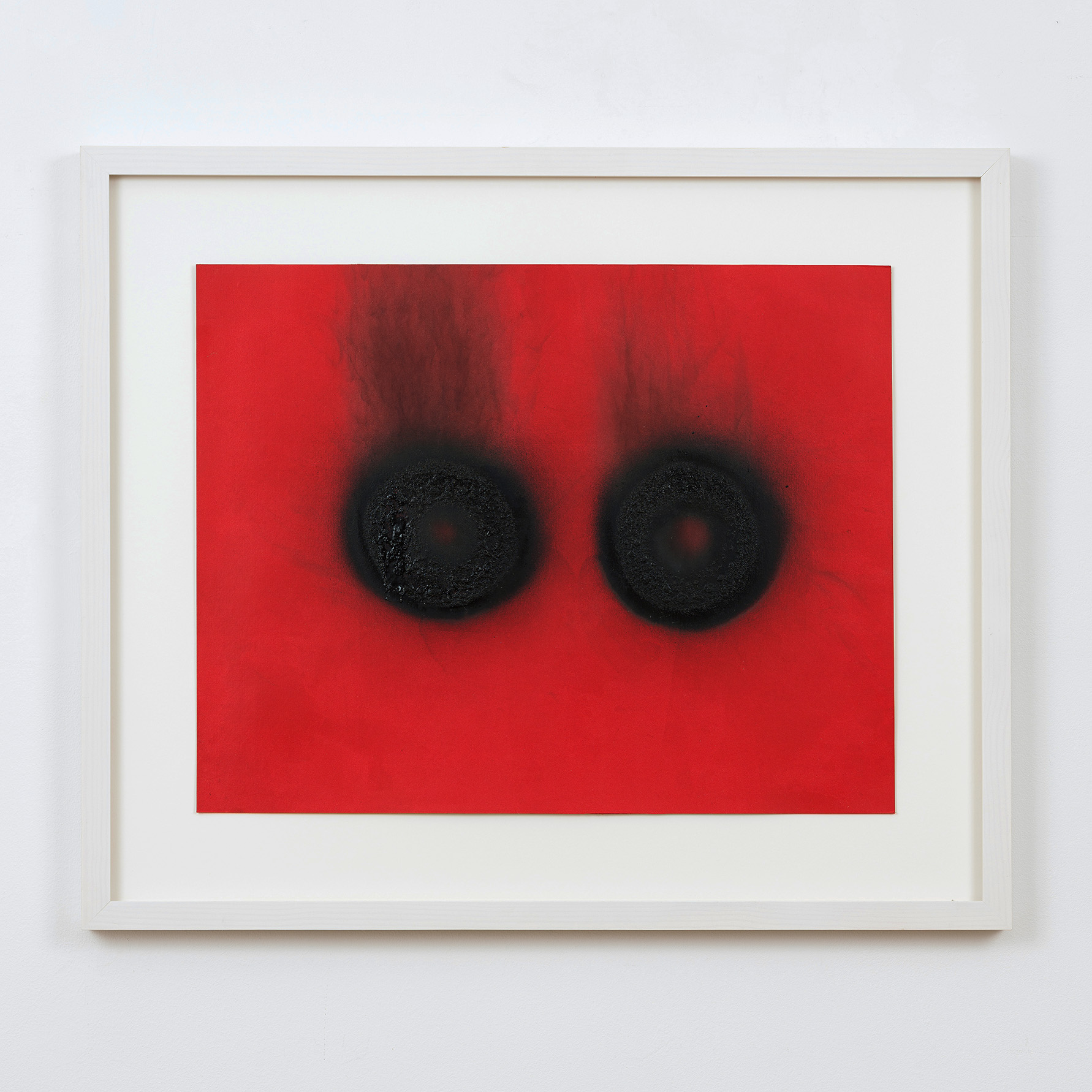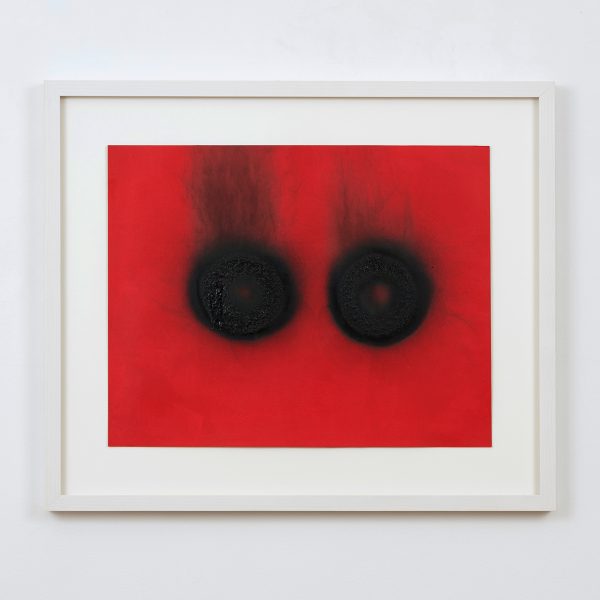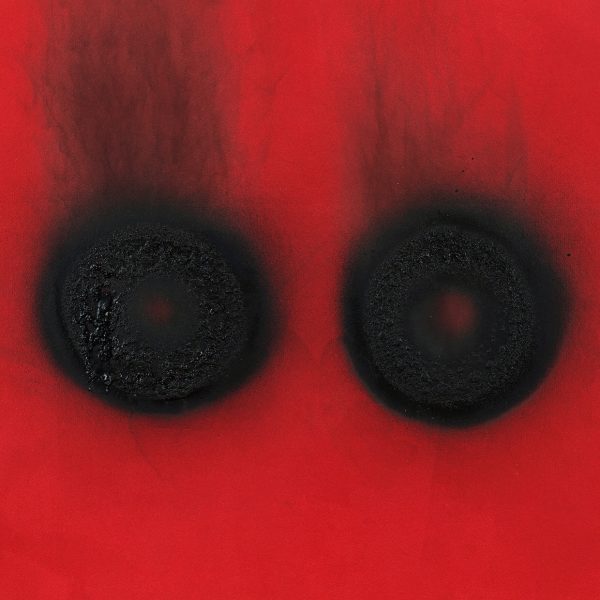
Otto Piene
(German, 1928-2014) Otto Piene was a pioneering figure in 20th century postwar art, whose practice bridged painting, sculpture, performance, and new media. Born in Laasphe, Germany, and trained at the Kunstakademie Düsseldorf and the Hochschule für Bildende Künste in Munich, Piene emerged in the late 1950s as a co-founder of the influential ZERO group, together…
Otto Piene
(German, 1928-2014)
Otto Piene was a pioneering figure in 20th century postwar art, whose practice bridged painting, sculpture, performance, and new media. Born in Laasphe, Germany, and trained at the Kunstakademie Düsseldorf and the Hochschule für Bildende Künste in Munich, Piene emerged in the late 1950s as a co-founder of the influential ZERO group, together with Heinz Mack and later Günther Uecker. Seeking to move beyond the gestural intensity of Art Informel, ZERO artists embraced light, movement, and elemental processes as vehicles for renewal in the aftermath of war.
Among Piene’s most innovative contributions are his smoke drawings and Feuergouaches, in which he harnessed fire, soot, and combustion as creative tools. By channeling these destructive forces into controlled artistic processes, Piene transformed the canvas into a record of energy itself, capturing both the volatility and the beauty of flame. These works stand at the core of his lifelong fascination with immaterial phenomena—light, fire, air—as both subject and medium.
His fascination with ephemeral and immaterial forces culminated in the “Sky Art” projects of the 1960s and 1970s—large-scale inflatable sculptures and aerial events that transformed the sky into a participatory exhibition space. These works expanded the boundaries of art into the public realm, underscoring Piene’s conviction that art could be a unifying and transformative experience.
In 1964, Piene moved to the United States, where he later served as director of the Center for Advanced Visual Studies at MIT, fostering collaborations between artists, scientists, and engineers. His work has been exhibited internationally, with major retrospectives at institutions including the Stedelijk Museum, Amsterdam, and the Museum Kunstpalast, Düsseldorf.

